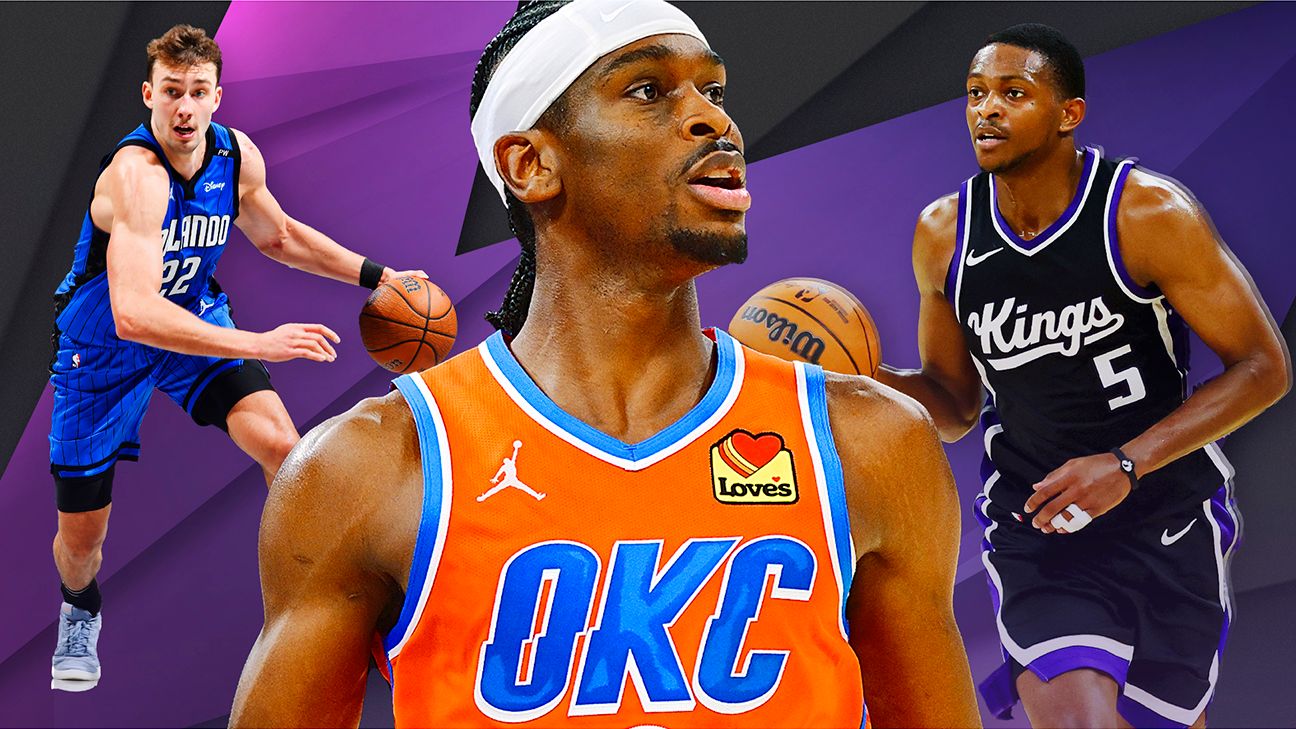
Hundreds of drivers have showcased their talents in NASCAR’s premier series since the gates of Daytona Int’l Speedway opened in February 1959. Though many went winless for decades, some logged a lone Daytona 500 victory that made their careers complete.
Ironically, the inaugural Daytona 500 provided one of the track’s greatest storylines with it taking nearly a week to decide the winner.
In a photo-finish after 200 laps of the 2.5-mile oval, reigning champion Lee Petty and fellow driver Johnny Beauchamp crossed under the checkered flag side by side along with the lapped car driven by Joe Weatherly. Beauchamp enjoyed victory lane ceremonies, but Petty still believed he’d won the race.
NASCAR founder Bill France worked to defuse the situation, promising the correct outcome would be found. With help from rushed black-and-white photographs and newsreel footage, NASCAR eventually had the answer and Petty was declared the winner.
Many descriptions of the race followed, but Weatherly had the best view of the finish and the photos supported his narrative.
“As they hit the finish line, I was about a hood length ahead of Petty and Petty was about the same distance ahead of Beauchamp,” Weatherly said. “If Petty didn’t win this race, he never won a race.”
In February 1961, Glenn “Fireball” Roberts, wheeling Smokey Yunick’s powerful, factory-backed Pontiac, was the favorite to win the 500. His teammate, Marvin Panch, was running third when Banjo Matthews and Roberts blew engines with less than 20 laps remaining.
Three years later, Dewayne “Tiny” Lund arrived at Daytona in hopes of landing a Daytona 500 ride. The 6-foot-5, 270-pounder had run only 131 premier series races with modest results. He hadn’t had a single top-five finish in 1960, ’61 or ’62, so it wasn’t surprising that he didn’t have a ride when he arrived in Florida with 17 cents in his pocket.
As fate would have it, Lund was instrumental in helping Panch escape a near-fatal crash days before the 500. Panch was practicing a Maserati for the three-hour Continental sports car race when his car flipped and Panch became trapped under the burning race car.
Lund, fellow drivers Bill Wimble and Ernie Gahan, Firestone tire executive Steve Patasek and mechanic Jerry Rabon reached Panch before safety teams arrived. Lund superhumanly lifted the car high enough so the others could rescue Panch.
Panch was badly burned and was hospitalized for weeks after the crash. Extremely grateful to his rescuers, he asked his team owner, Glen Wood, to put Lund in the Wood Brothers Racing Ford as a replacement driver.
Wood agreed and had the crew adjust the seat to Lund’s huge frame. They also had a sign painter letter Lund’s name on duct tape strips and placed them on the Ford Galaxy’s doors over Panch’s name.
“Tiny and Johnny Allen were the only good drivers available,” Wood said. “We wanted Tiny because of what he’d done for Marvin. And then Leonard (Wood) asked, ‘Who would I least like to have chasing me late in a race, Tiny or Johnny?’ When I said, ‘Tiny,’ he said, ‘There you go. Let’s take him.’”
Lund started 12th, but the Wood Brothers knew they didn’t have the fastest car in the field. Their strategy was to not change tires during the 200-lap event and win the race of pit lane.
Leonard Wood, the team’s chief mechanic and brother of Glen Wood, built front spindles for the car that helped keep tire wear to a bare minimum, giving Lund an advantage to cover what was missing in aerodynamics and horsepower.
Click below to keep reading.















 Phone: (800) 737. 6040
Phone: (800) 737. 6040 Fax: (800) 825 5558
Fax: (800) 825 5558 Website:
Website:  Email:
Email: 






